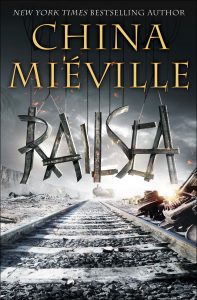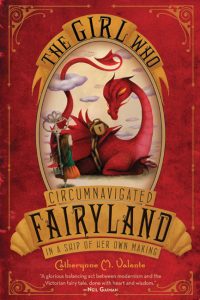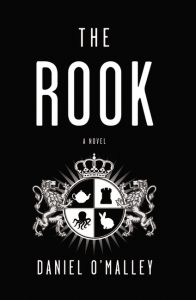Peter Pan finally has to grow up and get a job, or at least start paying rent. Cinderella swaps her glass slippers for Crocs. The Tortoise and the Hare Facebook stalk each other. Goldilocks goes gluten free. And Rapunzel gets a buzz cut.
Here are more than one hundred fairy tales, illustrated and reimagined for today. Instead of fairy godmothers, there’s Siri. And rather than big bad wolves, there are creepy dudes on OkCupid. In our brave new world of social networking, YouTube, and texting, fairy tales can once again lead us to “happily every after”—and have us laughing all the way.
In case my earlier discussion of using fairy tale motifs in creative writing didn’t tip you off (or the mention of my folklore-emphasizing master’s degree, etc.), I’m a bit of a fairy- and folktale nut. My most recent read in the realm of fairy-tale retelling is Tim Manley’s Alice in Tumblr-land: And Other Fairy Tales for a New Generation.
First, I should point out that the book is an outgrowth of Manley’s Tumblr blog Fairy Tales for 20-somethings. (As such you can probably guess that this isn’t for your kids—insert language and content warnings here. My warnings for the book are stronger than for the blog: the book is more explicit, includes more sex-involved storylines, etc. Take a glance around the blog, and if that pushes your boundaries, don’t pick up the book.) But the book does some things that are ill-suited to a blog-style project, and I’m going to focus on those things.
The book, like the blog, has a mix of stories with different characters from different fairy tales (with little to no carryover between fairy tales). Each “fairy tale” story ranges from a couple sentences to a few paragraphs long. (Side note: His definition of fairy tale is very broad and inclusive. If it’s a Disney movie, it probably qualifies for Manley as a fairy tale. Aesop is fair game too.) Although there are overarching narratives for several characters (Beauty and the Beast, Aladdin, Rapunzel, etc.), no character has two consecutive fairy tales if you’re reading the book cover to cover. Technically most of the tales could be read independently, but the most “bookish” parts of the book, the ones toward the end of the volume, normally require the background knowledge of Manley’s interpretation of the characters.
It’s these sorts of tales that I’m going to focus on for this review. While the blog constantly puts out standalone tales—whether they be humorous or poignant—that sort of telling is ill-suited to a coherent book that is supposed to be read and remembered as something other than a gag book. (Gag books have their place, make no mistake. But that’s not what Manley is doing here.) In the book Manley has selected posts from the blog, rewritten some of them, and added many, many more tales to give characters overarching narratives with problems, failings, successes, and ultimately, an inner calmness and peace. While the book describes many stereotypes and tropes of the lost, confused, bewildered, or befuddling generation of today’s American twenty-somethings, it is not a book that ends on the note of being lost, confused, bewildered, or befuddled. Every recurring character finds a way to reconcile his or her questions and instability into some form of calm willingness to press on, innovate, and engage with life.
All in all, I think the book does a good job. As with the blog, there are some tales (and some arcs) I consider more successful, humorous, or emotionally impactful than others, and there are some I don’t particularly care for. In that way it is like many anthology-style books that include multiple discrete storylines: some are bound to please more than others. I would even argue that until the book fully engages with being a book—until we start getting the closure that doesn’t sit well in an ongoing blog-style context—it feels a bit weaker than the blog. But in the end, Manley pulls it off. Since each tale is so sort, it really doesn’t take that long to get to the end either, so overall it’s worth a read.










